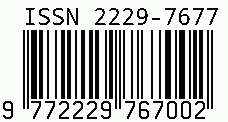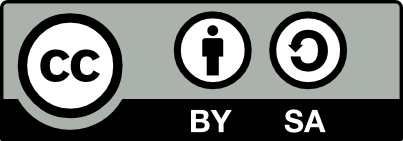
International Journal on Science and Technology
E-ISSN: 2229-7677
•
Impact Factor: 9.88
A Widely Indexed Open Access Peer Reviewed Multidisciplinary Bi-monthly Scholarly International Journal
Plagiarism is checked by the leading plagiarism checker
Call for Paper
Volume 16 Issue 3
July-September 2025
Indexing Partners



















Nanostructured Lipid Carriers in HIV Therapy: Unlocking the Future of Long-Acting and Targeted Antiretroviral Delivery
| Author(s) | Mr. Shreyash R. Patil, Dr. Anjana Adhyapak |
|---|---|
| Country | India |
| Abstract | Nanostructured lipid carriers (NLCs) have emerged as a transformative platform in HIV therapy, addressing critical limitations such as poor adherence, systemic toxicity, and restricted drug penetration into viral reservoirs. The composition of NLCs integrates solid lipids, liquid lipids, and surfactants within a biocompatible matrix, enhancing drug solubility and stability while enabling sustained and controlled release of antiretrovirals. The classification of NLCs—imperfect type, multiple type, and amorphous type—offers structural versatility for optimizing drug entrapment and release profiles. Various preparation methods, including high-shear homogenization, ultrasonication, and microwave-assisted synthesis, contribute to scalable and reproducible formulations. NLCs are increasingly explored as long-acting delivery systems for HIV therapy, exhibiting extended drug half-life and reduced dosing frequency, which improves patient adherence and minimizes resistance. In vivo studies have demonstrated prolonged systemic retention and enhanced bioavailability compared to conventional formulations. Additionally, targeted delivery strategies facilitated by NLCs enable selective accumulation in HIV reservoirs such as the central nervous system (CNS), lymphoid tissues, and macrophages, overcoming biological barriers like the blood-brain barrier (BBB). Case studies illustrate the successful application of NLCs in specific antiretroviral drugs, including zidovudine, lopinavir, atazanavir, etravirine, and ritonavir, showcasing improved pharmacokinetic profiles, higher entrapment efficiencies, and extended half-lives. Notably, co-loaded NLC formulations have demonstrated synergistic effects, enabling combination therapy within a single nanocarrier for enhanced therapeutic efficacy. As research advances, priorities should include clinical translation, manufacturing scalability, and exploration of NLCs alongside latency-reversing agents and immune modulators. With continued innovation, NLC-based systems hold immense promise in advancing global HIV therapeutic interventions toward a functional cure or eradication. |
| Keywords | Nanostructured Lipid Carrier, HIV, Targeted therapy, Bioavailability, Sustained drug delivery |
| Field | Medical / Pharmacy |
| Published In | Volume 16, Issue 2, April-June 2025 |
| Published On | 2025-05-26 |
| DOI | https://doi.org/10.71097/IJSAT.v16.i2.5597 |
| Short DOI | https://doi.org/g9mvsf |
Share this


CrossRef DOI is assigned to each research paper published in our journal.
IJSAT DOI prefix is
10.71097/IJSAT
Downloads
All research papers published on this website are licensed under Creative Commons Attribution-ShareAlike 4.0 International License, and all rights belong to their respective authors/researchers.

